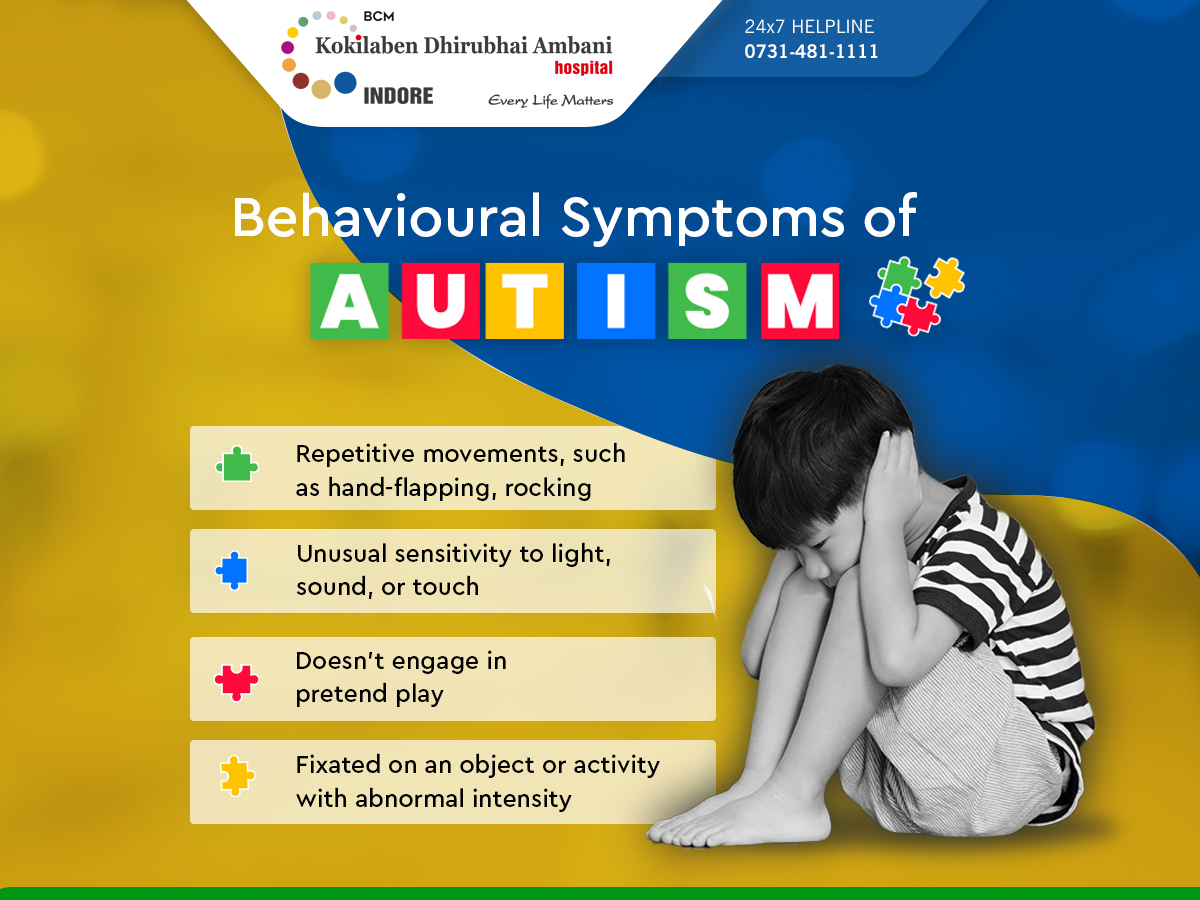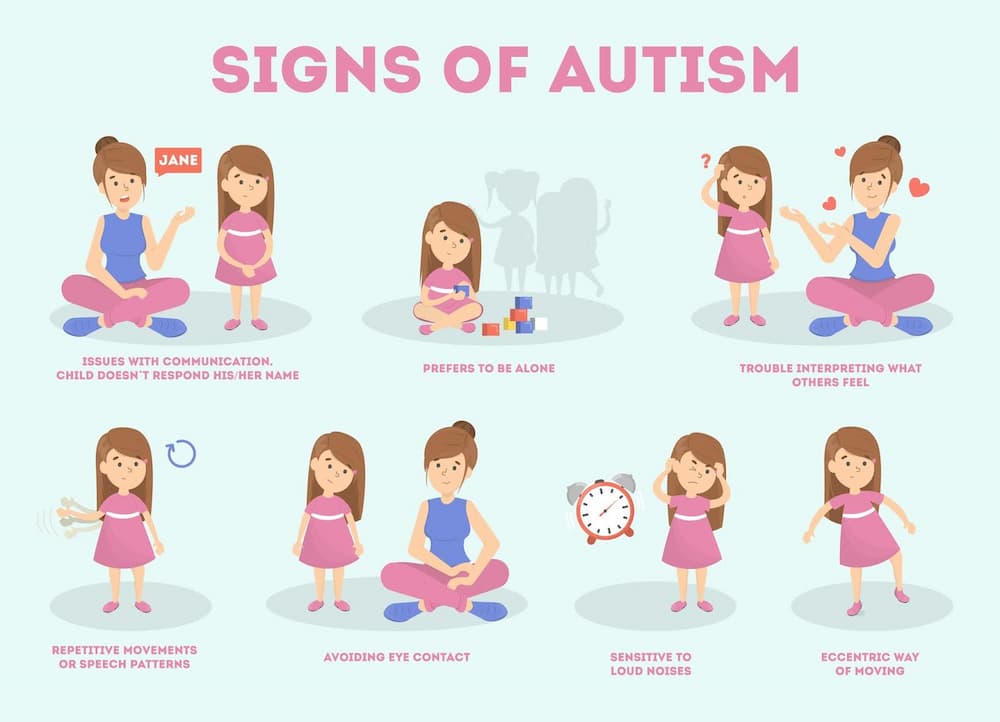Managing transitions using Autism Behavioral Therapy tools
Managing transitions using Autism Behavioral Therapy tools
Blog Article
Comprehending the Impact of Behavioral Autism on Every Day Life and Social Communications
You could not understand how deeply behavioral autism impacts day-to-day life and social communications. People on the spectrum usually navigate a world loaded with interaction difficulties and sensory overload. These difficulties can lead to disappointment and isolation, impacting their relationships and general well-being.
Defining Behavioral Autism and Its Features
Behavioral autism, frequently referred to as autism spectrum condition (ASD), includes a variety of problems characterized by challenges in social communication, communication, and repeated actions. You might discover that individuals with ASD frequently battle to analyze social signs, which can lead to misconceptions in discussions. They may find it hard to establish eye call or participate in small talk, making social scenarios feel frustrating.
Interaction troubles can manifest in numerous means, from delayed speech development to a preference for using fewer words. Repetitive actions, such as hand-flapping or shaking, can act as coping systems to take care of stress and anxiety or sensory overload. These attributes can profoundly affect daily life, making it vital for you to comprehend and support those with ASD. By acknowledging these characteristics, you can promote a setting that promotes acceptance and motivates reliable communication, assisting people with autism flourish in their everyday interactions.
The Range of Autism: Recognizing Irregularity in Behavior
Autism range problem (ASD) isn't a one-size-fits-all diagnosis; it differs commonly among people. You may run into people who are highly verbal and involve quickly in conversations, while others might prefer solitary activities or interact non-verbally.
Additionally, the way people with ASD react to sensory input can differ substantially; some may be bewildered by loud noises or bright lights, whereas others thrive in boosting atmospheres. The range likewise consists of distinctions in social interactions; some people might battle to analyze social hints, while others browse social settings with relative ease. Comprehending this variability is necessary, as it assists you value each individual's one-of-a-kind experience and dressmaker assistance to their specific demands, promoting a much more comprehensive setting for everyone.
Communication Challenges Dealt With by Individuals With Autism
When you engage with individuals on the autism spectrum, you may observe their distinct interaction obstacles. They often encounter difficulties with both spoken and nonverbal signs, which can affect their social communications. Understanding these barriers is vital for promoting much better connections and assistance.

Verbal Communication Troubles
Numerous people on the autism spectrum experience verbal interaction troubles that can significantly impact their day-to-day communications. You may find it testing to express your thoughts, sensations, or requires plainly. This can result in disappointment for both you and those around you, as misunderstandings happen. You might have a hard time with starting conversations, preserving a topic, or comprehending subtleties in speech. Frequently, you may favor utilizing simple language or repetitive phrases, which can limit your capability to take part in deeper conversations. Your tone, rate, or volume could not line up with social assumptions, creating others to misinterpret your intentions. Recognizing these difficulties can assist you and your support network create approaches to improve interaction and promote much better connections with others in your day-to-day life.
Nonverbal Communication Obstacles
Spoken communication isn't the only obstacle individuals on the autism range face; nonverbal communication barriers can be simply as significant. These challenges can lead to misconceptions or false impressions of social cues, making communications really feel complex or overwhelming. By resolving nonverbal interaction, you can find approaches to enhance your social experiences and boost your general top quality of life.
Social Interaction Effects
Social communications can frequently feel frustrating as a result of the distinct communication difficulties faced by people with autism. You could fight with translating social signs, making it difficult to comprehend sarcasm or body language. This can cause misunderstandings or unpleasant moments in conversations. Furthermore, starting and keeping conversations may really feel challenging, causing stress and anxiety in social scenarios. You may prefer structured settings, making spontaneous interactions uncomfortable. It's additionally common to experience trouble in participating in little talk, which can prevent developing brand-new relationships. Acknowledging these challenges can aid you locate techniques to enhance interaction, such as practicing social abilities in safe settings or using visual aids - Aba Therapist. Comprehending your needs permits you to navigate social communications with better confidence and ease.
Social Communication and Partnership Structure in Autism
While building relationships can be challenging for individuals with autism, recognizing their one-of-a-kind perspectives and communication styles can cultivate purposeful links. You might observe that several individuals on the range favor direct communication and might fight special info with social cues or little talk. By being uncomplicated in your communications, you can help create a setting where they feel comfortable.
Involving in shared interests can additionally serve as a bridge to deeper connections. Whether it's a pastime, a favorite show, or a shared interest, these common strings can open doors to relationship.
Life Regimen: Browsing Obstacles and Techniques
Navigating day-to-day live regimens can be specifically testing for people with autism, particularly when unforeseen changes occur. You may locate convenience in having a structured routine, as it assists you anticipate what's following. It's typical to really feel nervous or overloaded when disruptions happen. To browse these obstacles, take into consideration implementing aesthetic timetables or checklists. These devices can give clearness and peace of mind.
Establishing a routine that consists of sensory breaks can also be advantageous. You can plan time-outs throughout your day to reenergize. It's important to communicate with those around you, allowing them understand your demands and preferences. This aids create an understanding atmosphere.
Finally, practice mindfulness techniques to take care of anxiety and anxiety. Straightforward breathing exercises or basing methods can make a significant distinction. By including these methods, you can enhance your everyday routine and minimize interruptions, making life feel extra manageable.
Staminas and Capacities of Individuals on the Autism Spectrum
Understanding everyday life regimens is just one facet of the autism experience. Many individuals on the autism range possess remarkable toughness and capabilities that set them apart. You might locate that your focus to detail is remarkable, permitting you to succeed in tasks that call for accuracy and emphasis. Your ability to think outside package can result in cutting-edge solutions in various circumstances.
In addition, your memory skills often shine, particularly in locations of passion. Aba Therapist. This knack for keeping details can make you a valuable resource in fields like modern technology, art, or scientific research. You might also display solid aesthetic thinking, enabling you check it out to envision complex concepts and fix troubles creatively
In addition, your one-of-a-kind point of view on the world can foster empathy and understanding in others, improving social my review here communications. Embracing these strengths not just increases your confidence however additionally aids others appreciate the varied talents you offer the table.
Developing Comprehensive Atmospheres for People With Autism
Creating comprehensive settings for individuals with autism starts with making sensory-friendly areas that accommodate their special requirements. You can likewise cultivate opportunities for social communication, helping to construct connections and relationships. By making these adjustments, you'll add to an extra inviting ambience for every person.
Creating Sensory-Friendly Spaces
While designing sensory-friendly areas, it's essential to assess the one-of-a-kind needs of individuals with autism. Begin by selecting soothing colors and soft illumination to produce a soothing atmosphere. When bewildered, incorporate peaceful areas where people can pull away and reenergize. You'll want to reduce loud noises and disturbances, utilizing soundproof materials or white sound devices to assist preserve peace. Consider responsive aspects like soft textiles or fidget-friendly things that can offer convenience. Establish that rooms are flexible, permitting easy reformation to suit different activities. Lastly, consist of visual routines or clear signage to help people navigate the area confidently. By attentively integrating these elements, you can create a welcoming ambience that supports sensory needs and promotes overall health.
Promoting Social Communication Opportunities
Designing sensory-friendly rooms not only addresses individual convenience however likewise establishes the phase for purposeful social communications among individuals with autism. To promote these communications, produce inclusive environments that welcome involvement. Organize organized tasks, like art classes or team games, that encourage collaboration without frustrating sensory input. Use visual help and clear interaction to assist everybody engage comfortably. Encourage peer mentoring, combining individuals with autism with supportive peers that can lead them via social circumstances. Additionally, think about holding normal neighborhood occasions that celebrate neurodiversity, fostering approval and understanding among all individuals. By applying these strategies, you can improve social chances, assisting individuals with autism build friendships and strengthen their social skills in a risk-free, welcoming setting.

Regularly Asked Inquiries
Just How Can Pals Support Someone With Behavioral Autism?
You can sustain a good friend with behavioral autism by holding your horses, listening proactively, and appreciating their boundaries. Engage in activities they delight in, interact openly, and create a comfy atmosphere where they really feel valued and recognized.
What Resources Are Readily Available for Moms And Dads of Kid With Autism?
You can check out numerous resources for parents of kids with autism, consisting of support system, instructional websites, and neighborhood community services. Connecting with various other parents can additionally offer valuable insights and shared experiences to help browse difficulties.
Can Behavioral Autism Modification Over Time?

Yes, behavioral autism can alter in time. You may see changes in communication, social skills, and behavior as your child grows. Early treatment and support often play essential functions in these developing adjustments.
Exactly How Do Sensory Level Of Sensitivities Impact Every Day Life?
Sensory sensitivities can make daily experiences frustrating. You may battle with intense lights or loud noises, bring about stress and anxiety or evasion. Finding settings that suit your demands can greatly improve your comfort and overall daily life.
What Are Usual Misconceptions Regarding Behavioral Autism?
You could believe behavior autism just influences interaction skills, but it's even more complicated. Lots of think individuals do not have compassion or intelligence, which isn't true. Comprehending these misunderstandings helps foster acceptance and assistance for those on the range.
Behavioral autism, often referred to as autism range problem (ASD), includes a variety of conditions identified by challenges in social interaction, interaction, and repeated actions.Social interactions can frequently really feel frustrating due to the unique communication difficulties faced by individuals with autism.Creating sensory-friendly rooms not only addresses private convenience but additionally establishes the stage for purposeful social interactions among individuals with autism. Encourage peer mentoring, pairing people with autism with encouraging peers that can lead them via social scenarios. By carrying out these methods, you can boost social chances, assisting individuals with autism construct relationships and reinforce their social abilities in a risk-free, welcoming environment.
Report this page